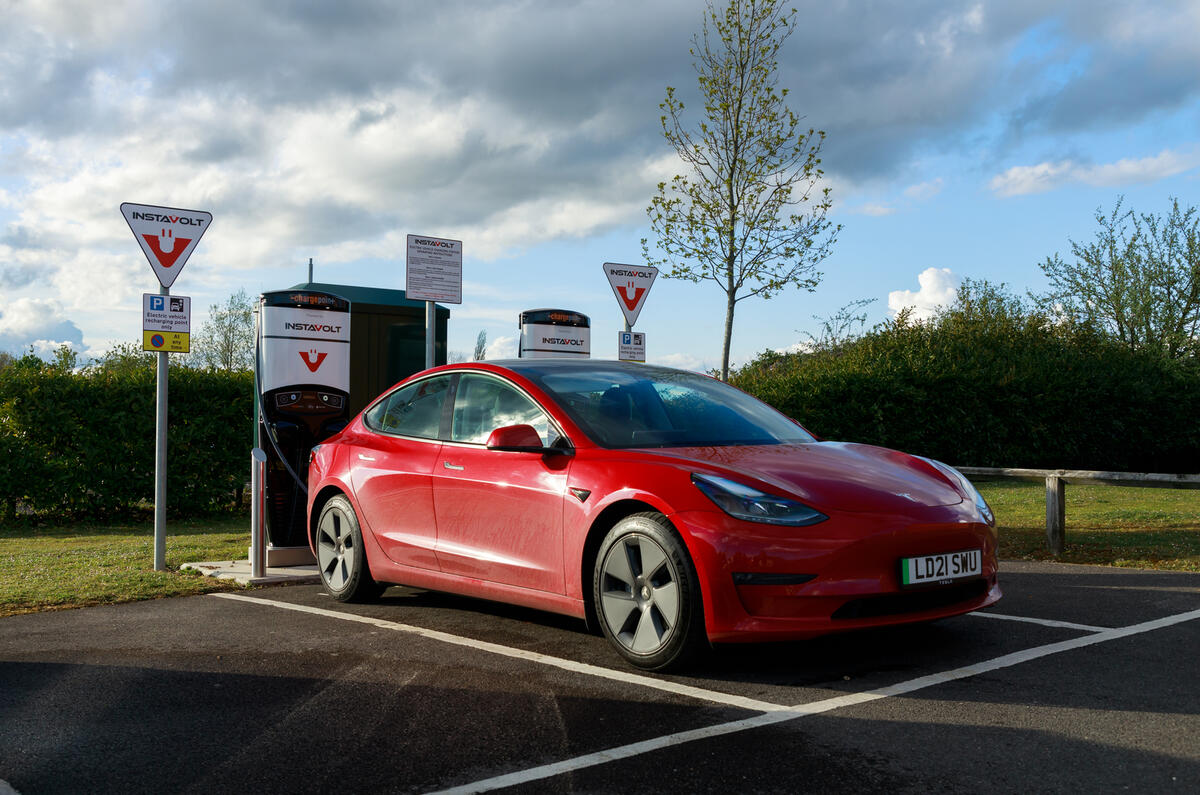The fleet industry has called on the government to shake up its reimbursement rates for electric car drivers, as spiralling energy costs have left the majority out of pocket.
Advisory electric rates (AERs) were introduced in 2018 as a simple way to refund business mileage for electric vehicles drivers. They are the EV equivalent of advisory fuel rates (AFRs) for internal-combustion cars.
Initially four pence per mile, the AER rose to five pence in November 2021 after an industry campaign to make it more reflective of the true cost of charging, but this year’s rampant energy price rises have left it even further off the mark.
Analysis by Mina, which specialises in helping business with electric vehicle billing, claimed that in more than 100,000 of its recorded charge sessions, 79.1% cost more than the AER. Of those where public charging was used, every single one cost more than the current five pence per mile. The company told Autocar that the average cost of charging at home and in public for cars and vans currently works out at eight pence per mile.
In contrast, AFRs, which apply to petrol, diesel and even LPG cars, have moved in tandem with increasing pump prices. They are reviewed quarterly by HMRC and rose by up to three pence per mile on 1 September and a similar amount in June. They vary based on engine size, but a car with a petrol engine between 1401cc and 2000cc currently receives 18 pence per mile.
AERs are reviewed annually and calculated using data from the Department for Business, Energy and Industrial Strategy (BEIS), the Office for National Statistics, electrical consumption rates from the Department for Transport and annual sales to businesses.
The Association of Fleet Professionals has lobbied HRMC to increase the AER and reconsider the way it is calculated. Chair Paul Hollick told Autocar: “Because the BEIS is the only government department that collates average cost per kilowatt for households in the UK, it [the review] only gets done once a year. There are no other indices that HMRC are saying they can use apart from the BEIS data, and that comes out every November.”
According to Hollick, the November 2021 raise was set based on a typical usage of 18.9 pence per kilowatt hour. “No one is paying that at the moment,” he said. “It’s all mid-20s plus”.
Professionals familiar with electric vehicles have suggested that the energy price cap is a better way to calculate the AER. At the time of writing, the average unit rate for electricity was 28 pence per kilowatt hour, and due to rise to 52 pence on 1 October according to Ofgem (although government measures may affect this), at which it is due to remain until 31 December.
“Really, we’d like Revenue to find a better way to be able to [calculate] the energy prices, rather than annually from BEIS, and it should get reviewed quarterly,” said Hollick. “They could use a different medium, like the energy cap, rather than worrying about what the average household cost per kilowatt hour is. Whenever they produce the [BEIS] data, it’s going to be quite a few months out of date before it’s published anyway, whereas the energy cap is arguably fresh data.”






Add your comment